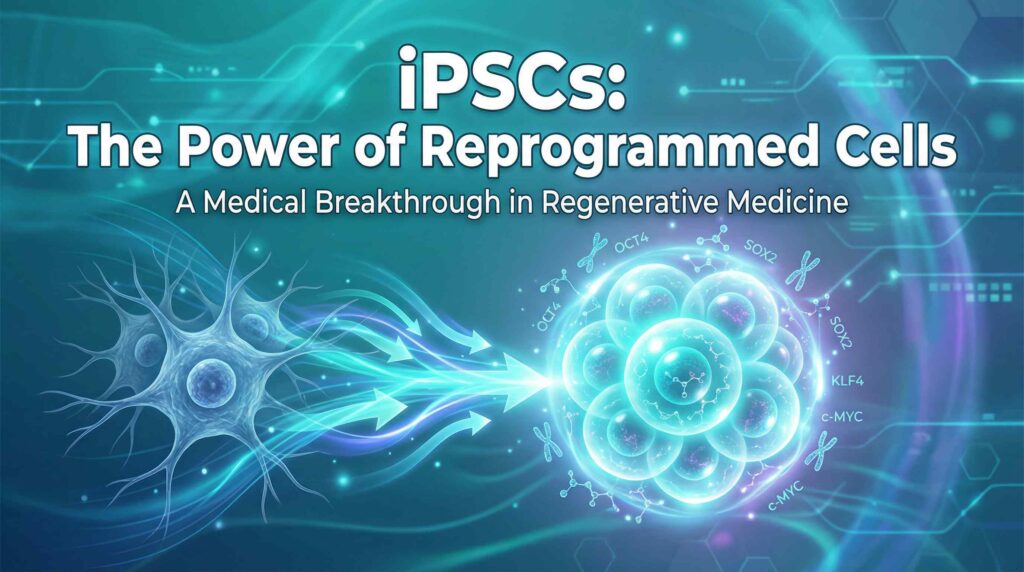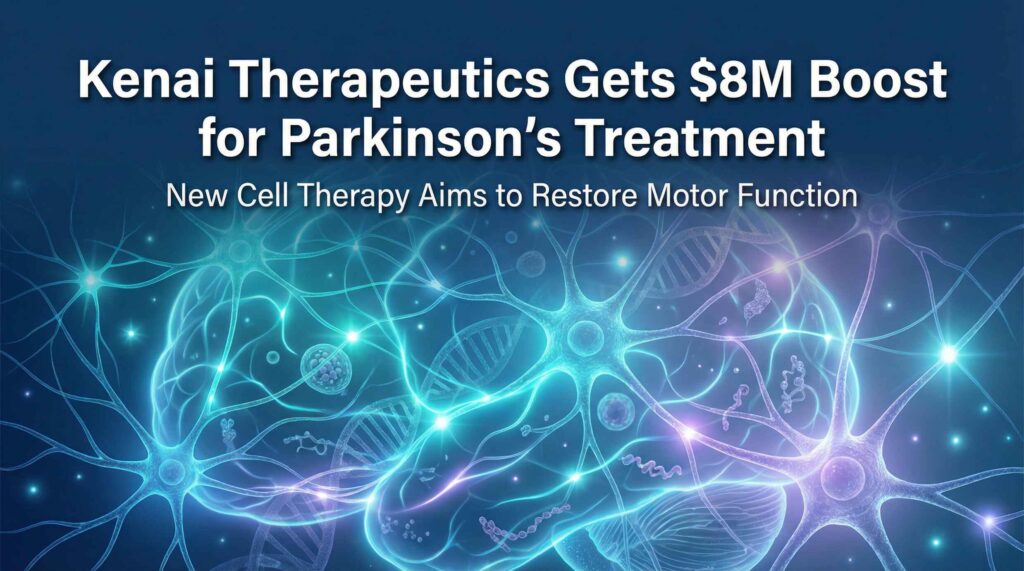Welcome to our exploration of a fascinating topic in the world of medical science: the significance of exosomes in stem cell research and treatment. If you’re interested in the cutting-edge of health and medicine, you’ve come to the right place.
Stem cell research is a field that has been making waves for years now. It’s like the ocean: vast, deep, and full of potential. It’s a realm of science that holds the promise of revolutionizing how we understand and treat a wide range of diseases, from Alzheimer’s to cancer.
Now, imagine if within this ocean, we discovered a new species of microscopic organisms, so tiny yet so influential that they could change the way we navigate these waters. That’s what exosomes are to the world of stem cells. They’re tiny vesicles, or sacs, released by cells, and they play a crucial role in how cells, including stem cells, communicate with each other.
Think of a time when you had to pass a message to someone in a crowded room. You could shout, but your message might get lost in the noise. Instead, you write your message on a piece of paper and pass it to the person. That’s essentially what exosomes do. They carry messages from one cell to another, ensuring that the message gets to the right place.
In this article, we’re going to dive deep into this ocean, exploring the role of these tiny messengers in the world of stem cell research and treatment. We’ll look at how they’re changing our understanding of stem cells, and how they could potentially revolutionize treatments for a variety of diseases.
So, buckle up and get ready for a journey into the microscopic world of exosomes and stem cells. It’s going to be a fascinating ride!
Understanding the Basics
Before we dive deeper, let’s make sure we’re all on the same page about what stem cells and exosomes are.

Stem Cells
Stem cells are like the all-stars of the cellular world. They have the unique ability to develop into many different types of cells in the body. Think of them as the blank canvas of the cellular world, ready to be painted into any picture as needed. There are two main types of stem cells we’ll be focusing on:
- Embryonic stem cells: These are derived from embryos that are three to five days old. At this stage, an embryo is called a blastocyst and has about 150 cells. These are pluripotent stem cells, meaning they can divide into more stem cells or can become any type of cell in the body.
- Adult stem cells: These are found in small numbers in most adult tissues, such as bone marrow or fat. Unlike embryonic stem cells, adult stem cells have a more limited ability to give rise to various cells of the body.
Exosomes
Now, let’s talk about exosomes. They’re like the postal service of the cellular world. They’re tiny vesicles that are released by cells and are used to transfer information from one cell to another. This information can be in the form of proteins, lipids, or even RNA.
Imagine you’re at a party and you see someone across the room you’re interested in. But it’s too loud and crowded to talk directly. So, you write your number on a piece of paper and have a friend deliver it. That’s what exosomes do. They deliver messages from one cell to another, ensuring that the message gets to the right place.
In the next sections, we’ll explore how these two key players – stem cells and exosomes – interact, and why this interaction is so important in stem cell research and treatment.
The Intersection of Exosomes and Stem Cells
Now that we’ve set the stage with our key players, it’s time to delve into the heart of the matter: the interaction between exosomes and stem cells, particularly mesenchymal stem cells (MSCs).
Exosome Production by Stem Cells
Stem cells, including mesenchymal stem cells, produce exosomes. These exosomes derived from stem cells, specifically MSC-derived exosomes, carry unique sets of proteins and genetic material that reflect the characteristics of the parent stem cells.
Role of Exosomes in Stem Cell Function and Behavior
Exosomes, particularly mesenchymal stem cell-derived exosomes, play an active role in influencing the behavior of the cells they interact with. For instance, exosomes derived from mesenchymal stem cells can influence the growth, differentiation, and healing capabilities of other cells, including cancer cells and endothelial cells.
Current Understanding of the Interaction Between Exosomes and Stem Cells
Our understanding of the interaction between exosomes and stem cells, including mesenchymal stromal cells and pluripotent stem cells, is still evolving. This interaction is crucial for many biological processes, including cell proliferation, tissue repair, immune response, and even the progression of diseases like cancer.
In the next sections, we’ll delve deeper into how this dance plays out in the realms of stem cell research and cell therapy, exploring the potential therapeutic effect of exosomes derived from human mesenchymal stem cells, bone marrow mesenchymal stem cells, and umbilical cord mesenchymal stem cells.
Exosomes in Stem Cell Research
As we delve deeper into the world of stem cells and exosomes, we find ourselves at the forefront of scientific discovery. The interaction between these two entities has opened up new avenues in stem cell research.
Role of Exosomes in Understanding Stem Cell Biology
Exosomes, particularly those derived from mesenchymal stem cells, are like a window into the world of stem cells. By studying the contents of these tiny vesicles, we can gain insights into the characteristics and functions of the stem cells that produced them.
Exosomes as Biomarkers in Stem Cell Research
One of the most exciting aspects of exosome research is their potential use as biomarkers. Because the contents of exosomes reflect the state of the cells that produced them, they can potentially be used to monitor the health and status of stem cells in a non-invasive way.
Current Research Trends and Findings in the Field
The field of exosome research is rapidly evolving, with new discoveries being made all the time. For instance, recent studies have shown that exosomes can influence the behavior of stem cells, affecting their ability to differentiate and self-renew.
In the next section, we’ll explore these possibilities in more detail, looking at how exosomes are being used in stem cell treatment, including the potential therapeutic effect of exosomes derived from human mesenchymal stem cells, bone marrow mesenchymal stem cells, and umbilical cord mesenchymal stem cells.
Exosomes in Stem Cell Treatment
We’ve explored the role of exosomes in stem cell research, but what about treatment? How do these tiny vesicles come into play when we’re talking about actual therapies? Let’s find out.
Potential Therapeutic Applications of Exosomes Derived from Stem Cells
Exosomes derived from stem cells, especially mesenchymal stem cell-derived exosomes, are like tiny packets of potential. Because they carry the same beneficial properties as their parent stem cells, they can be used to promote healing and regeneration in damaged tissues.
Case Studies or Examples of Exosome Use in Stem Cell Treatments
There are several exciting examples of how exosomes are being used in stem cell treatments. For instance, in one study, exosomes derived from bone marrow mesenchymal stem cells were used to treat heart damage in mice, resulting in improved heart function and reduced scar tissue.
Challenges and Limitations in Using Exosomes in Stem Cell Therapy
While the potential of exosomes in stem cell therapy is immense, there are also challenges and limitations. For one, we’re still figuring out the best ways to isolate and deliver these tiny vesicles. Moreover, we need to ensure that the use of exosomes in therapy is safe and effective.
In the next section, we’ll look ahead to the future of exosomes in stem cell research and treatment, including the potential of mesenchymal stem cell-derived exosomal therapies.
Future Perspectives
As we look to the future, the potential of exosomes in stem cell research and treatment is truly exciting. Let’s explore what might be on the horizon.
Potential Future Advancements in the Use of Exosomes in Stem Cell Research and Treatment
The field of exosome research is still young, and there’s a lot we don’t know. But as we continue to explore, we’re likely to uncover even more about the potential of these tiny vesicles.
Imagine you’re an explorer standing at the edge of an uncharted territory. There’s so much to discover, and you’re just getting started. That’s where we are with exosome research.
In the future, we might find ways to harness the power of exosomes to treat a wider range of diseases, or to deliver targeted therapies directly to specific cells. We might also develop better methods for isolating and delivering exosomes, making them even more useful in therapy.
The Impact of These Advancements on Medicine and Patient Care
The advancements in exosome research could have a profound impact on medicine and patient care. By providing a new way to understand and manipulate cellular behavior, exosomes could revolutionize treatments for a variety of diseases.
Imagine a future where we can treat diseases at the cellular level, using exosomes to deliver targeted therapies directly to the cells that need them. This could lead to more effective treatments, fewer side effects, and improved outcomes for patients.
In the next section, we’ll wrap up our exploration of the significance of exosomes in stem cell research and treatment.
The Significance of Exosomes in Stem Cell Research and Treatment – FAQ
Q: What are exosomes?
A: Exosomes are small extracellular vesicles secreted by various cells in the body, including stem cells. They contain various molecules, such as proteins, lipids, and nucleic acids, which play important roles in intercellular communication.
Q: What is the function of exosomes?
A: Exosomes play a crucial role in intercellular communication and help regulate various biological processes. They can transfer molecules, such as proteins, lipids, and RNA, to target cells, thus affecting the physiology of the recipient cells.
Q: What are stem cells?
A: Stem cells are undifferentiated cells that can differentiate into various specialized cells in the body. They have the potential to regenerate damaged or diseased tissues and are therefore being extensively studied for their therapeutic potential.
Q: What are mesenchymal stem cells?
A: Mesenchymal stem cells (MSCs) are a type of adult stem cells that can differentiate into various cell types, such as osteoblasts, chondrocytes, and adipocytes. They have immunomodulatory properties and can secrete various molecules, including exosomes, that can promote tissue regeneration and repair.
Q: What are stem cell-derived exosomes?
A: Stem cell-derived exosomes are exosomes secreted by various types of stem cells, including MSCs. They contain various molecules, such as proteins, lipids, and nucleic acids, that can promote tissue regeneration and repair.
Q: What is the role of exosomes in stem cell research and treatment?
A: Exosomes secreted by stem cells, including MSCs, play an important role in stem cell research and treatment. They can transfer bioactive molecules, such as proteins, lipids, and RNA, to target cells, thus promoting tissue repair and regeneration. They are also being investigated for their potential as a therapeutic tool in various diseases.
Q: How are exosomes derived from stem cells?
A: Exosomes are derived from stem cells, such as MSCs, through a process of secretion. The cells are cultured in vitro, and the exosomes are then isolated from the culture media using various methods, such as ultracentrifugation, size exclusion chromatography, and immunoprecipitation.
Q: How do exosomes promote tissue regeneration and repair?
A: Exosomes promote tissue regeneration and repair through their ability to transfer bioactive molecules, such as proteins, lipids, and RNA, to target cells. These molecules can affect various biological processes, such as cell proliferation, differentiation, and migration, that are crucial for tissue regeneration and repair.
Q: What is the significance of mesenchymal stem cell-derived exosomes in cancer?
A: Mesenchymal stem cell-derived exosomes have been shown to play a role in various aspects of cancer biology, such as tumor growth, angiogenesis, and metastasis. They contain various molecules, such as oncoproteins and miRNAs, that can affect the behavior of tumor cells and the tumor microenvironment.
Q: What is the therapeutic potential of MSC-derived exosomes?
A: MSC-derived exosomes have shown promising therapeutic potential in various preclinical and clinical studies. They can promote tissue regeneration and repair, modulate the immune system, and affect various biological processes that are implicated in various diseases, such as cancer, cardiovascular diseases, and neurological disorders.
Conclusion
As we come to the end of our journey into the world of exosomes and stem cells, we hope you’ve gained a deeper understanding of the significance of these tiny vesicles in stem cell research and treatment.
Recap of the Significance of Exosomes in Stem Cell Research and Treatment
Exosomes, the tiny messengers of the cellular world, have proven to be more than just carriers of information. They are active players in the cellular dance, influencing the behavior of the cells they interact with. In the realm of stem cells, they provide a window into the world of these versatile cells and offer a new way to manipulate cellular behavior.
From understanding stem cell biology to developing new treatments for a variety of diseases, the potential of exosomes is immense. They’re like the hidden gems of the cellular world, offering new possibilities for research and treatment.
Final Thoughts on the Future of This Field
The field of exosome research is still young, and there’s much we have yet to discover. But as we continue to explore, we’re excited about the potential of these tiny vesicles to revolutionize stem cell research and treatment.
Imagine a future where we can treat diseases at the cellular level, using exosomes to deliver targeted therapies directly to the cells that need them. This could lead to more effective treatments, fewer side effects, and improved outcomes for patients.
As we stand at the edge of this uncharted territory, we’re excited about the journey ahead. We hope you’ll join us as we continue to explore the fascinating world of exosomes and stem cells.
Thank you for joining us on this journey. We hope you’ve found it as fascinating as we have. Stay tuned for more exciting discoveries in the world of stem cell research and treatment!


